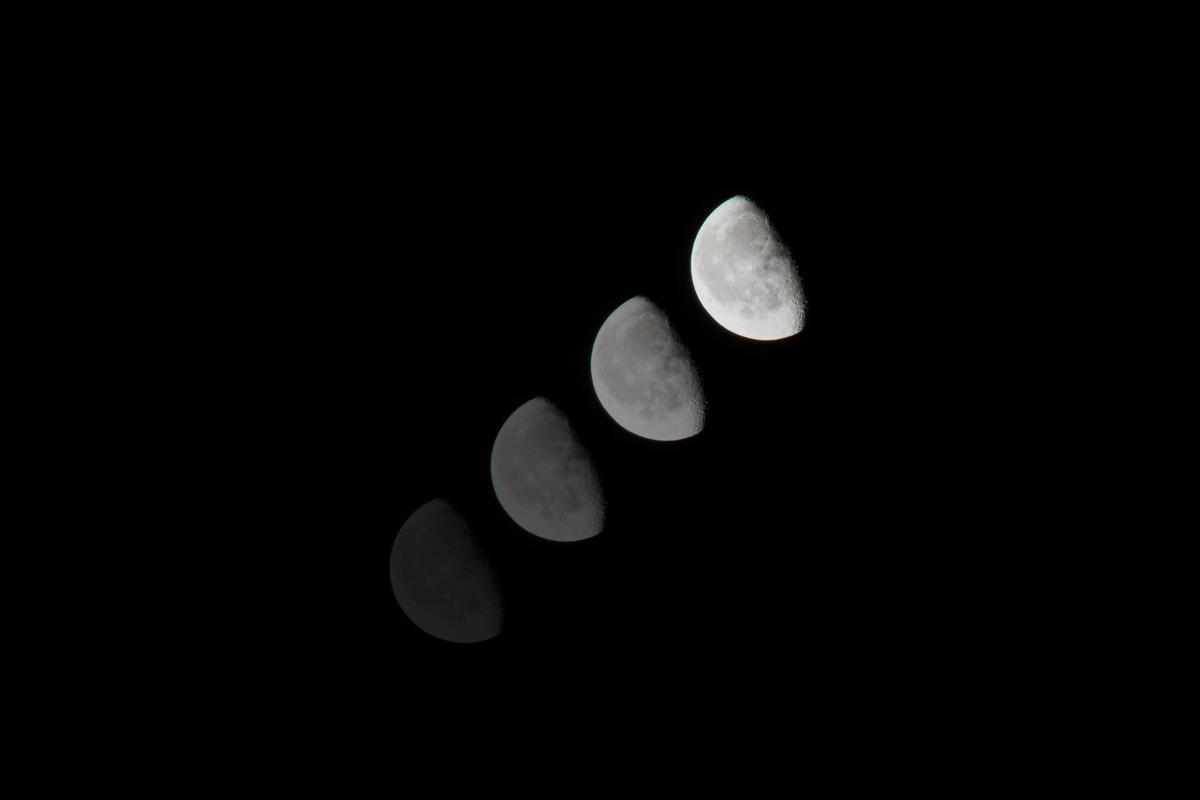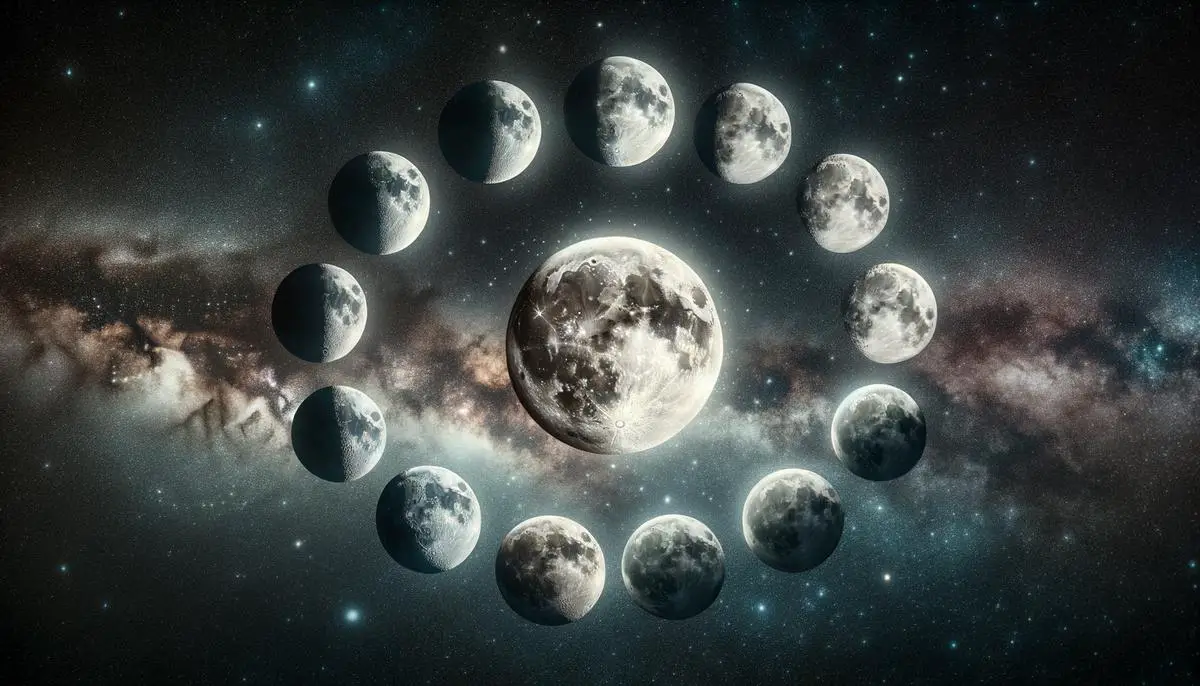The moon's phases have long fascinated humanity, serving as both a celestial clock and a source of cultural significance. Among these phases, the waning moon holds particular intrigue. As it transitions from full to new, the diminishing light offers not just an astronomical event but also moments for personal reflection and historical relevance.
Definition and Significance of Waning Phases
The term "waning" describes the phase of the moon where the illuminated part appears to shrink from our view on Earth. This change occurs as the moon continues its orbit around Earth, shifting the angle between Earth, the moon, and the sun, making less of the lit-up part visible to us night by night.
The waning phase begins right after the full moon, with light gradually diminishing through key moments like the waning gibbous, last quarter, and waning crescent phases. During the waning gibbous phase, more than half of the moon is illuminated but visibly shrinking. At the last quarter, only half of the moon's face is lit. The waning crescent narrows the light down to a sliver as it approaches the new moon.
Historically, the moon's phases guided calendars and agricultural practices. Today, the waning phases symbolize a time of winding down and introspection. People may use this period to review their goals or shift focus, mirroring the moon's own gradual retreat from the spotlight.
The moon's waning phase beautifully underscores the cyclical nature of time and our place within it. It serves as a reminder that we too pass through phases of growth and reduction, light and shadow, emphasizing the perpetual rhythm of life and renewal.

Photo by _louisreed on Unsplash
Phases of the Waning Moon
The Waning Gibbous phase follows the full moon and typically lasts around seven days. During this phase, about 51-99% of the moon's visible surface is illuminated. For those in the Northern Hemisphere, the illumination is on the left side.
The Last Quarter phase, or the Third Quarter, presents a half-lit visage. Roughly 50% of the moon is visible, split between light and shadow. This phase is often linked to themes of introspection and reevaluation. It lasts several days, typically about seven to nine.
The Waning Crescent marks the concluding chapter before the new moon. This phase reveals a delicate sliver of the moon, with less than half of the moon illuminated. It's often visible in the pre-dawn sky. Many spiritual practices view this as a time for rest, reflection, and releasing what no longer serves us.
Each phase offers both astronomical delight and moments for personal reflection. They symbolize the natural ebb and flow of energy, reminding us that there's beauty and purpose in each stage of the cycle.

Photo by vorosbenisop on Unsplash
Astronomical and Tidal Effects
As the waning moon progresses, its gravitational influence shifts, impacting both its appearance and various astronomical and tidal phenomena. The moon's gravity pulls on Earth's oceans, creating tidal forces. During the waning phases, these gravitational forces adjust, leading to changes in tidal patterns.
Neap tides occur during the quarter moon phases when the sun and moon form a right angle relative to Earth. Their gravitational forces partially cancel each other out, resulting in less pronounced high and low tides compared to spring tides.1
The waning moon also affects astronomical observations. During the waning gibbous phase, the moon rises later each night, allowing for better deep-sky observation early in the evening. The last quarter phase offers excellent opportunities to observe the moon's surface details through telescopes. The waning crescent phase provides minimal moonlight, creating near-perfect conditions for observing other celestial phenomena.
These changes in the moon's phases significantly alter night-sky visibility, influencing both professional observations and casual stargazing. By observing these effects, we gain a deeper appreciation for the interconnected nature of our universe and the rhythmic harmony that governs our celestial surroundings.

Observing the waning moon is more than a visual delight; it's a reminder of life's natural cycles. The gradual reduction in its light encourages us to reflect on our own periods of growth and rest. Just as the moon renews itself, we too can find renewal in understanding these celestial rhythms.
- Pugh DT. Tides, Surges and Mean Sea-Level. John Wiley & Sons; 1996.
![]()
